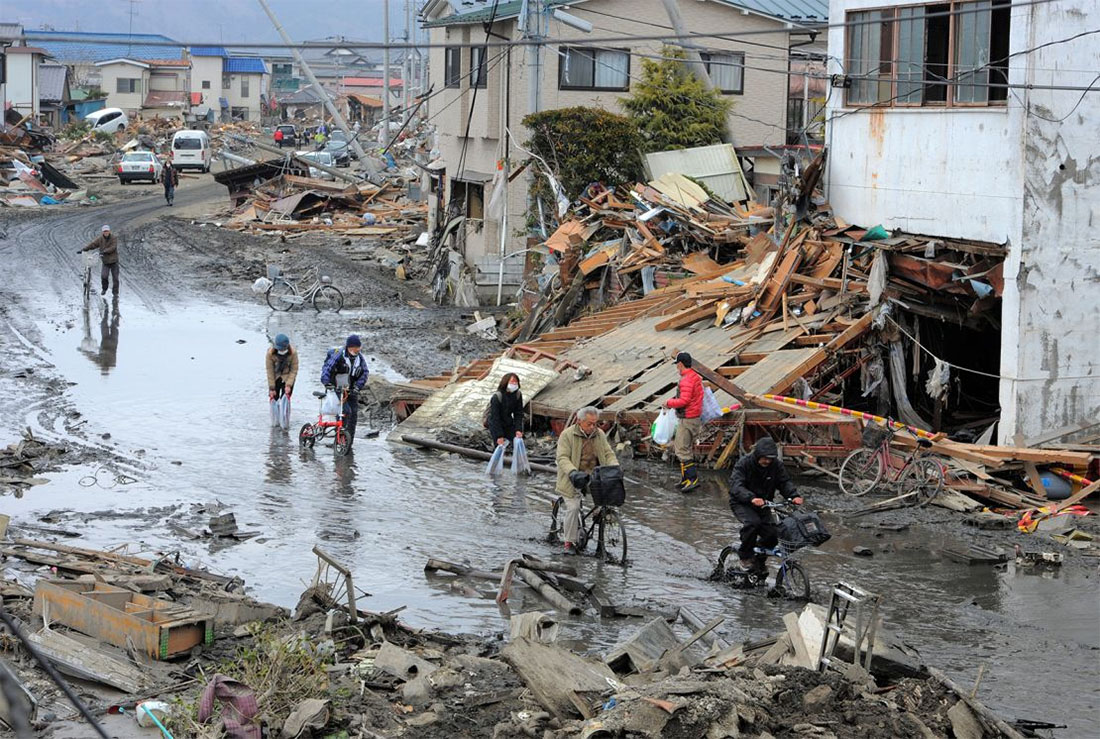Photo Credit: Getty Images
A new government report warns that a massive earthquake off Japan's Pacific coast could claim nearly 300,000 lives and cause economic damage equivalent to half the country's GDP. Released Monday by Japan's Cabinet Office, the updated assessment projects a staggering ¥270 trillion ($1.81 trillion) in damages—significantly higher than previous estimates.
This increase reflects rising inflation and newly analyzed terrain and flood data showing potential impacts reaching further inland than initially thought. The worst-case scenario envisions 298,000 deaths and 1.23 million people displaced, representing approximately 10% of Japan's population.
"We must accelerate our preparation efforts based on these new projections," said a Cabinet Office spokesperson. "The potential impact is far greater than previously understood."
In January, Japan's earthquake investigation panel raised the probability of a megaquake occurring within the next 30 years to over 80%. A megaquake—defined as an earthquake measuring magnitude 8 or higher—would cause catastrophic damage along the Nankai Trough, a 900km seabed zone where the Philippine Sea Plate subducts beneath the Eurasian Plate.
The Nankai Trough has historically produced major seismic events every 100-150 years. The last significant quakes occurred in the 1940s, with pressure building steadily since then. Seismologists have documented increasing strain patterns along the fault line over the past decade.
"The tectonic pressure continues to accumulate," noted Dr. Hiroshi Takahashi of the Japan Meteorological Agency. "We're witnessing concerning deformation patterns similar to those that preceded historical megaquakes in this region."
Last year, following a magnitude 7.1 tremor near the trough's edge, Japan issued its first-ever advisory warning of elevated megaquake risk in the Nankai region. This unprecedented alert signaled growing concern among officials about imminent danger.
The 2011 magnitude 9.0 earthquake off northeast Japan remains a painful reminder of such catastrophes. That disaster triggered a tsunami killing over 15,000 people and caused meltdowns at the Fukushima Daiichi nuclear power plant—the world's worst nuclear disaster since Chernobyl.
Despite being one of the world's most earthquake-prepared nations with advanced early warning systems and stringent building codes, Japan faces enormous challenges with a disaster of this scale. The government has allocated additional funding for infrastructure reinforcement in vulnerable coastal areas.
"Even with our extensive preparation, a megaquake of this magnitude would overwhelm existing systems," admitted Kenji Yamamoto, disaster preparedness coordinator for Japan's coastal prefectures. "We're racing against time to strengthen critical infrastructure and improve evacuation protocols."
Citizens are urged to maintain emergency supplies, familiarize themselves with evacuation routes, and participate in regular drills. As Japan confronts this looming threat, the nation's resilience will once again be tested by the powerful geological forces that have shaped its history.


